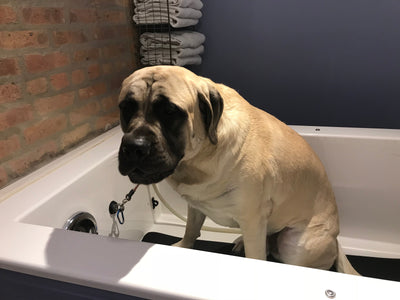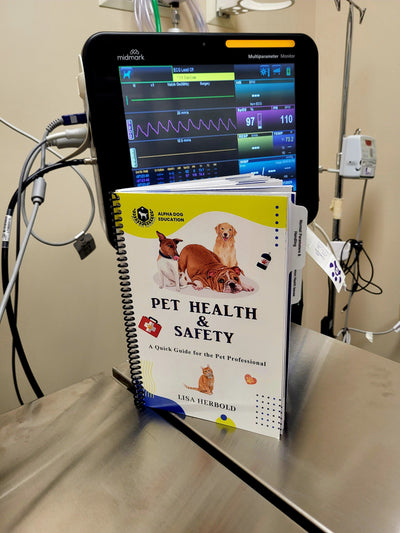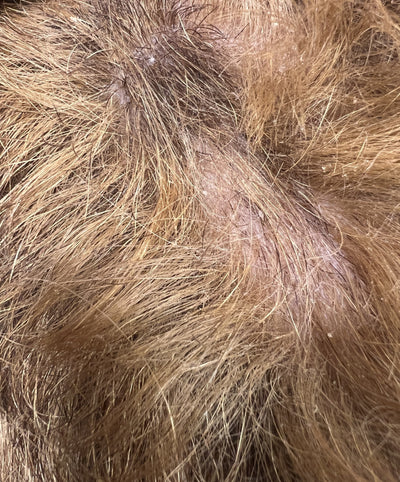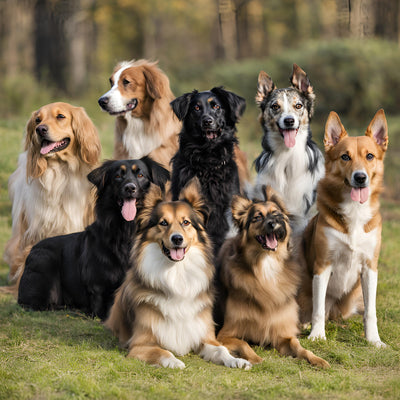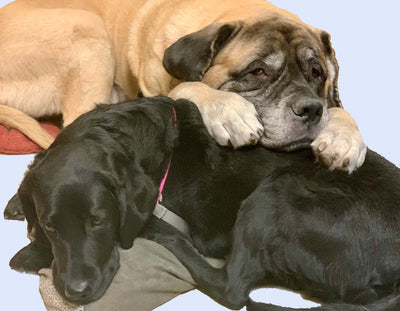Our pets’ skin is more delicate than ours, mostly because it is covered in fur or hair. Like us, they have evolved to have a layer of fats and oils on the top surface of their skin called the sebum layer. Sebum is defined as “a fatty lubricant matter secreted by the sebaceous glans of the skin.” (Merriam-Webster) Sebum is very important: it keeps the skin healthy and protected, it helps to seal in the moisture needed so the skin does not get too dry and flakey, it provides a barrier to keep out microbes, and it helps in temperature regulation. Sebum is what makes the coat look shiny and be less prone to matting. As we know from trying to wet down those retriever coats, sebum also provides a kind of water resistance so water has a harder time settling to the skin.
How the Skin Stays Moist and Healthy
Sebum is produced by the sebaceous glands. Sebaceous glands can be found on every mammal with hair except for whales and porpoises. They are larger and more plentiful in certain areas that all groomers know to be greasier - the base of the tail, the rump, back of the neck, chin and between the toes. They open up in the hair follicle, and as the hair grows and moves it helps spread the sebum around. The sebaceous gland secretions are regulated by hormones, and the look and feel of the skin and coat are often a good barometer to gauge the health of the pet. Removing the sebum layer leaves the skin without its protector, and itchiness and flaking can happen to further assault the skin as the pet scratches.
Shampoos Don't Condition
Shampoos are made to cut through grease and grime and it removes part, if not all, of the sebum layer with each bath. No matter how gentle a shampoo we use, the sebum layer is depleted. We as groomers are not bathing correctly if we leave the sebum layer and all the dirt and dander with it. The pet would not look, feel or smell clean. Following up every bath with conditioner will help to replenish that all-important sebum layer.
But My Pet Has An Oily Coat?
For those pets who already have an overabundance of sebum (think greasy cocker) it is still very important to follow up with conditioner. It may seem counterintuitive, but applying conditioner to those really greasy pets before the bath actually cuts through the grease and allows you to get the pet cleaner with your shampoo. You would still follow up with more conditioner after the bath. Even pets who come in with medicated shampoo will benefit from this technique.
Condition first, use the medicated shampoo, letting it sit on the skin for 10 minutes, and finish with conditioner. Always use conditioner on the oily pets. If you strip all the oils from the skin, the sebaceous glands then work overtime to replenish it, thus producing even more oil. By applying conditioner, you are helping that pet to slow down its sebum production and, as long as the underlying problem is being addressed, his skin should go back to normal eventually.
So, follow up every bath with conditioner on every pet and help them keep their skin and coat healthy and in tip-top shape!
About Lisa
Lisa Herbold, ICMG, MPAe, MGBS, CAH, PGC, FFC, PTI, and author of Pet Health & Safety Guide, likes to meld her knowledge as an educator and groomer with her knowledge as a veterinary technician to better educate groomers on the health needs of pets. Her goal is to improve how groomers are trained to handle health concerns and emergencies, thus making grooming safer for the pet.
Find out More Information with Lisa at:


